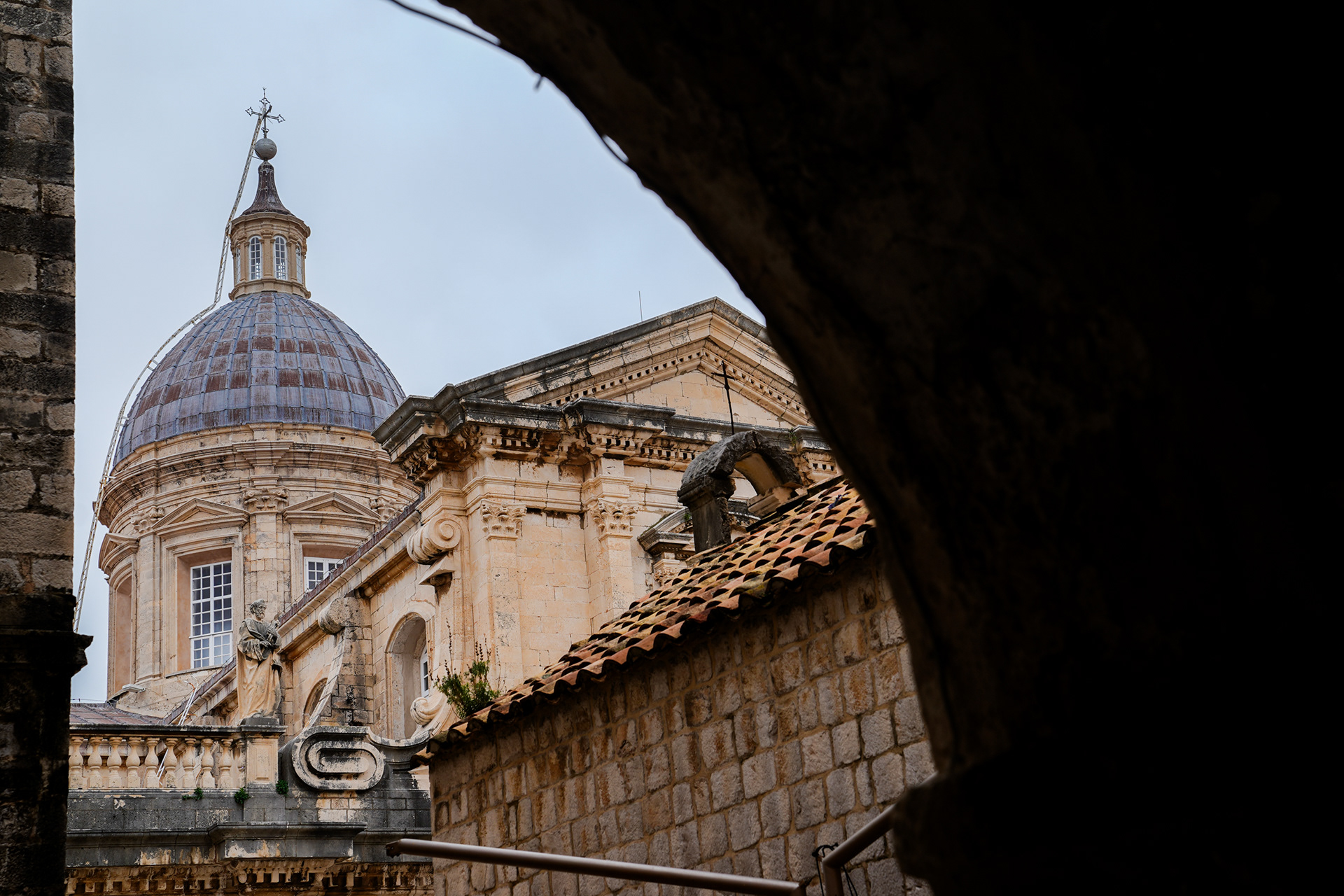Croatia Reawakens: Tourism Returns After War
After decades marked by conflict, Croatia is experiencing a revival of tourism that is reshaping its cities, towns, and coastline. Along the bay in Split and under the ancient walls of Dubrovnik, local vendors once again rely on visitors to sustain their livelihoods. Crowded docks, bustling markets in Zagreb, and scenic trails in Plitvice National Park show a nation welcoming travelers while reclaiming normal life.
Yet reminders of the past remain. Bomb-damaged buildings and ongoing restorations, like those at Dubrovnik’s Assumption Cathedral, stand alongside vibrant streets and thriving marketplaces. Tourism here is more than business—it is a symbol of resilience. Croatia’s recovery tells a story of survival and renewal, where the beauty of the Adriatic, the charm of historic towns, and the warmth of local communities coexist with a history that will not be forgotten.
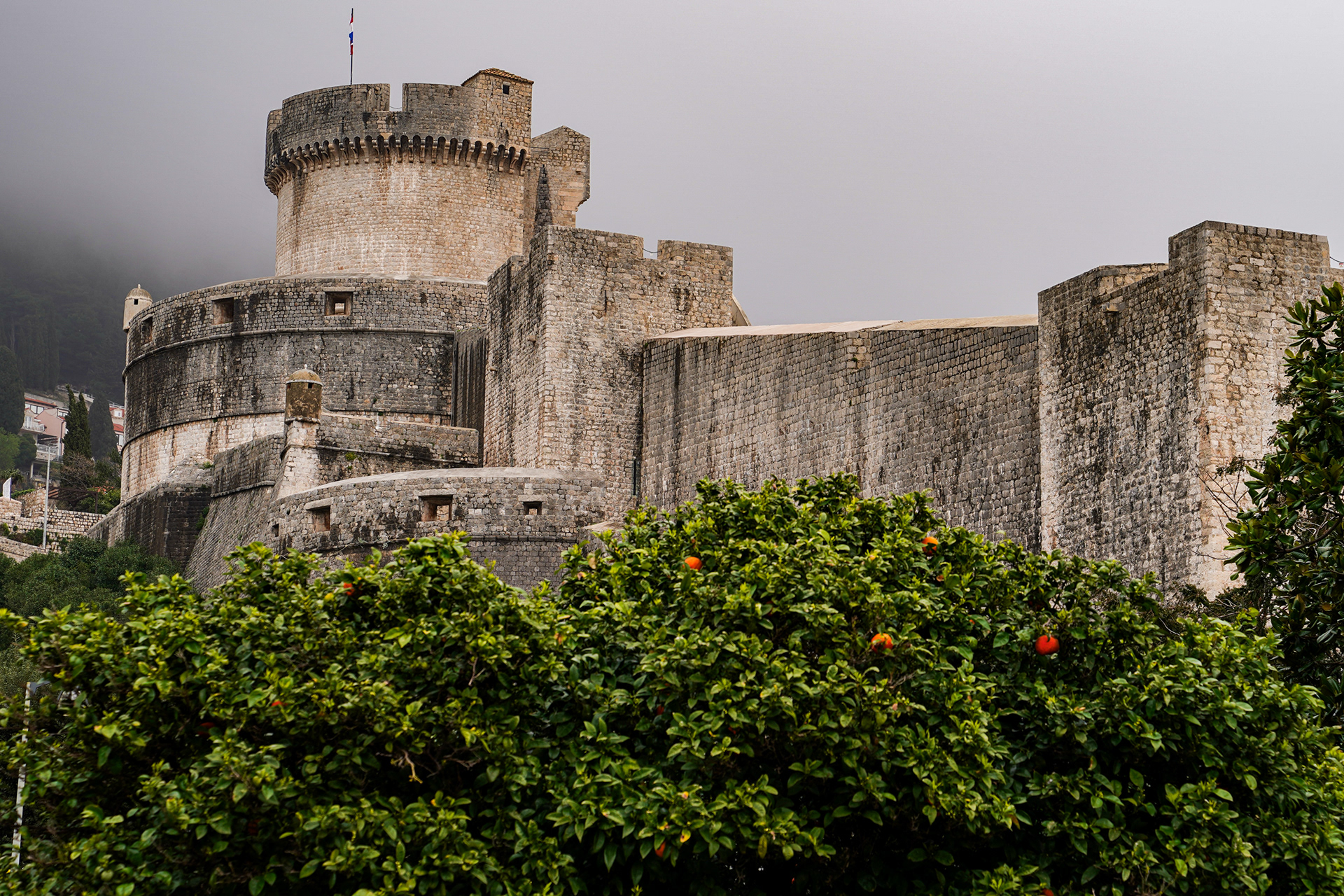
The walls of Dubrovnik, once struck by artillery fire, now echo with the footsteps of tourists eager to explore the “Pearl of the Adriatic.”
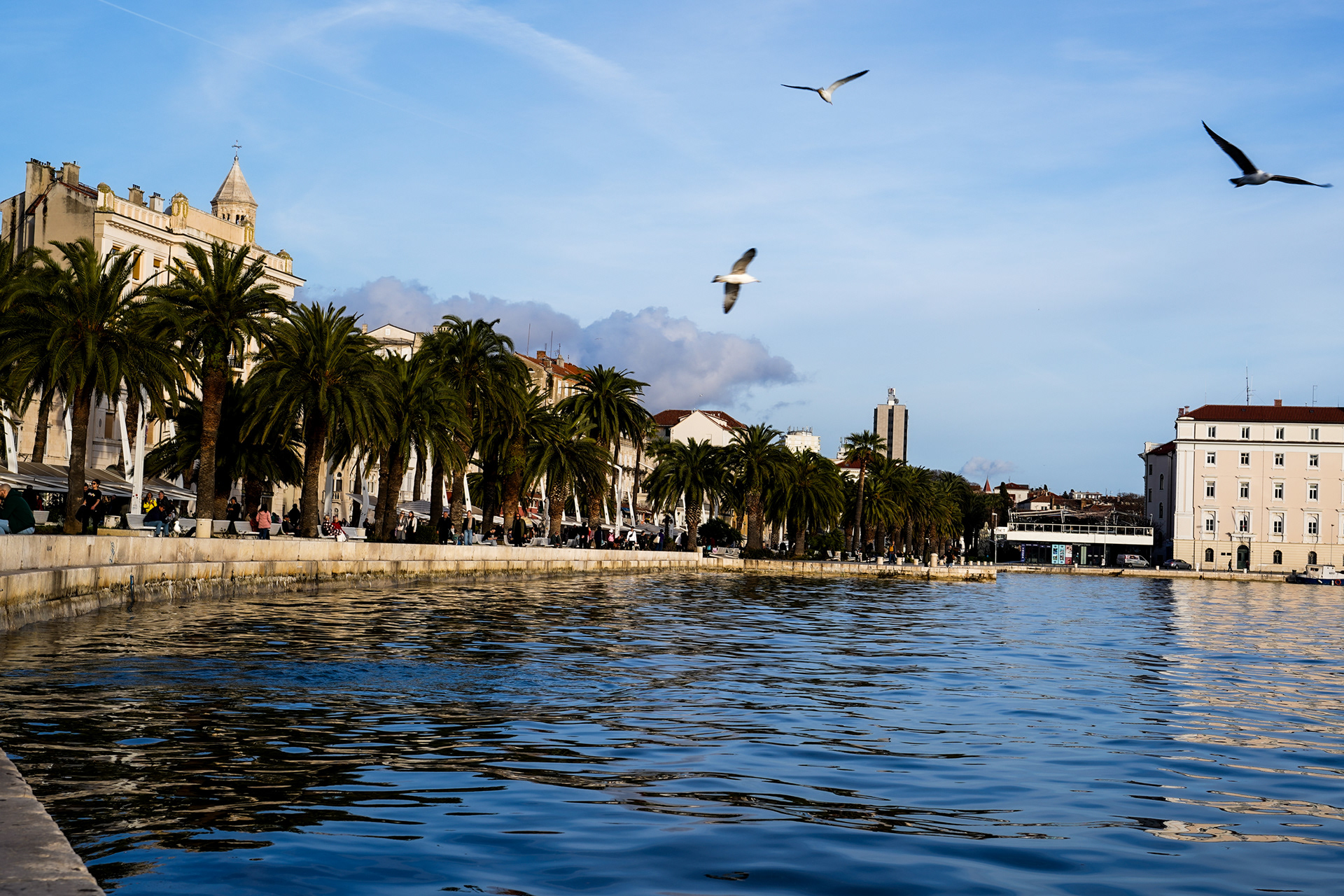
Vendors line the bay in Split, selling souvenirs and local goods to a growing tide of visitors—evidence of tourism’s return to Croatia’s coast.
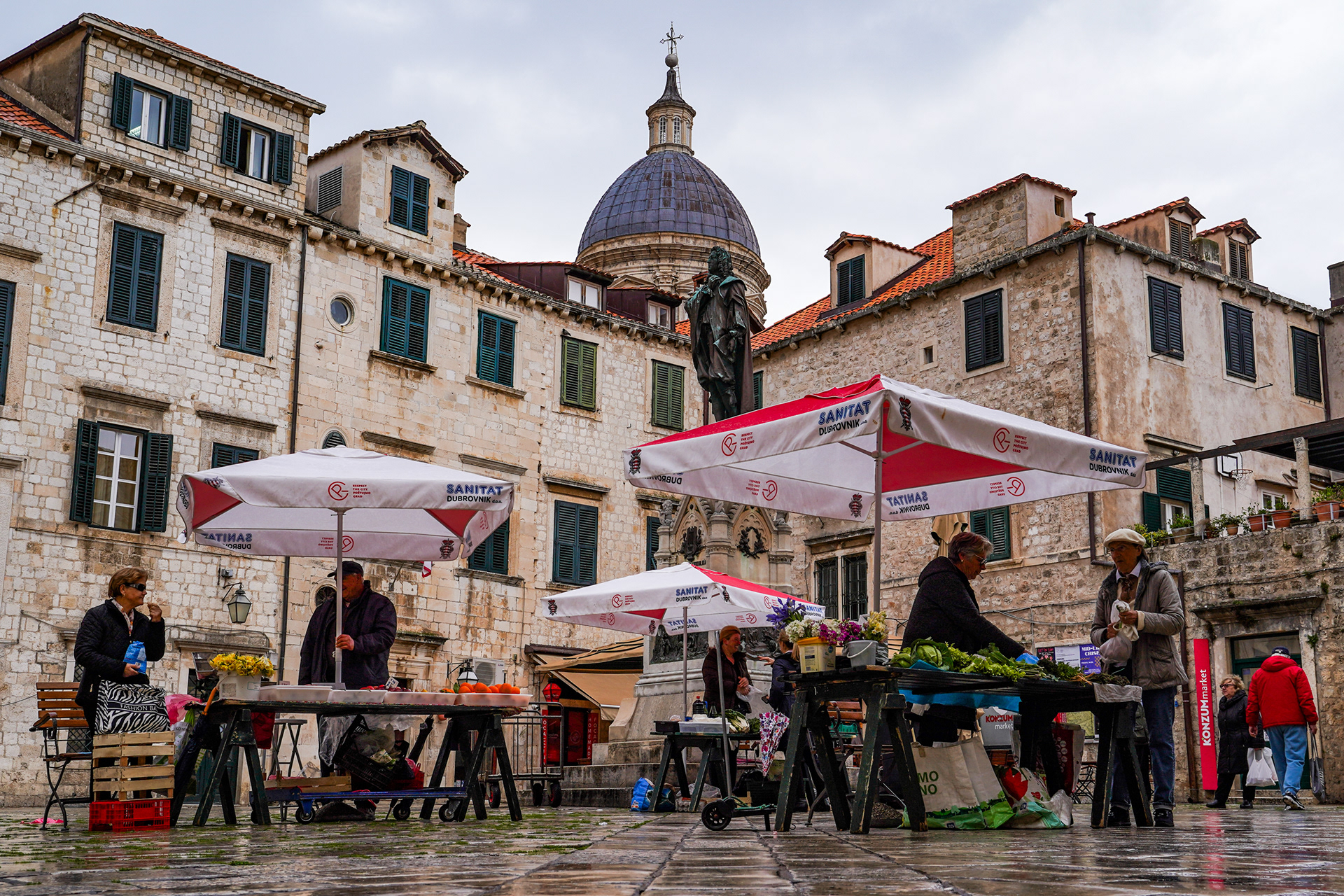
Tourists browsing vendor stalls in Dubrovnik help sustain local livelihoods
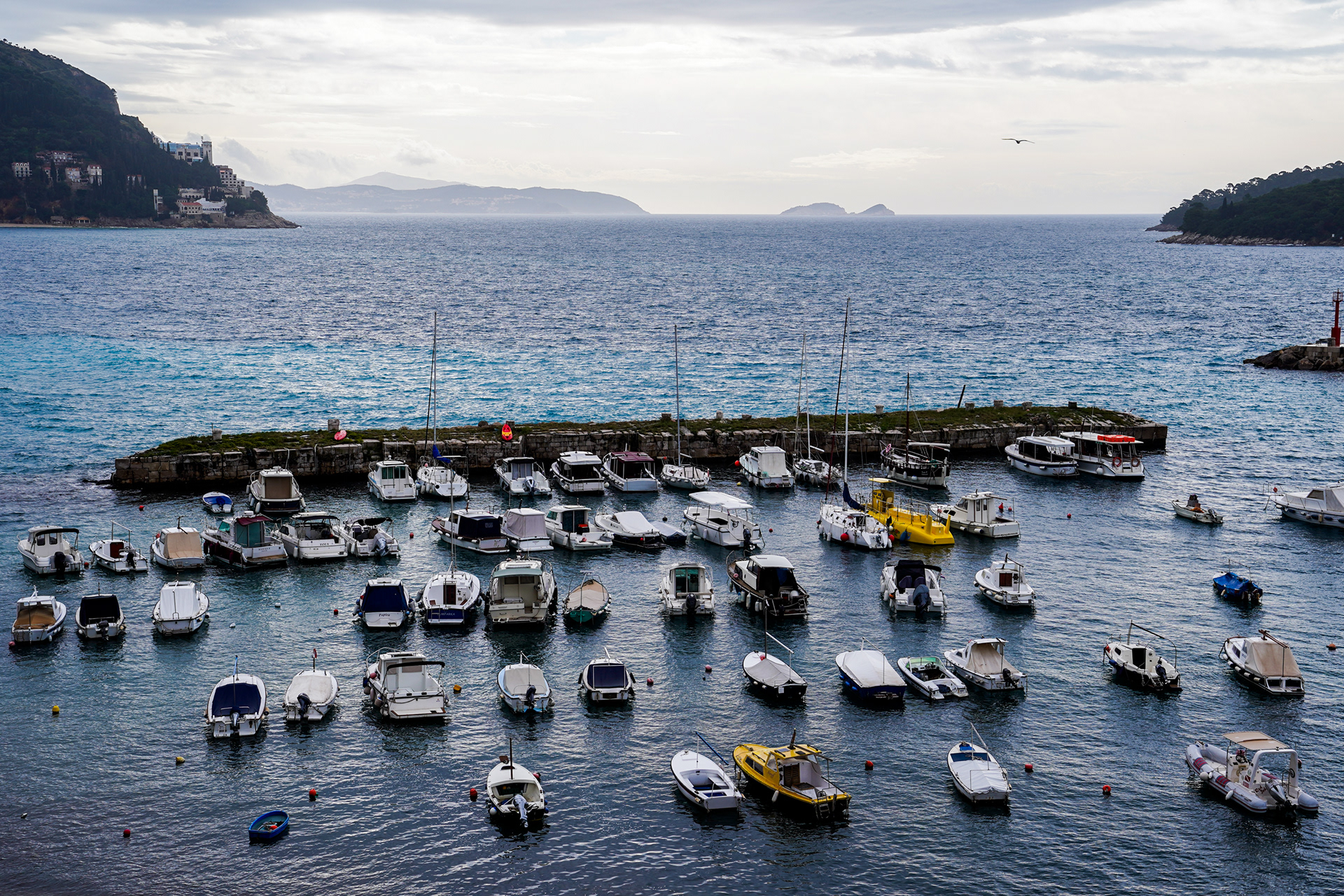
At a crowded dock along the Adriatic, ferries load with tourists bound for Croatia’s islands—a sight unimaginable during the war years, now a symbol of recovery.
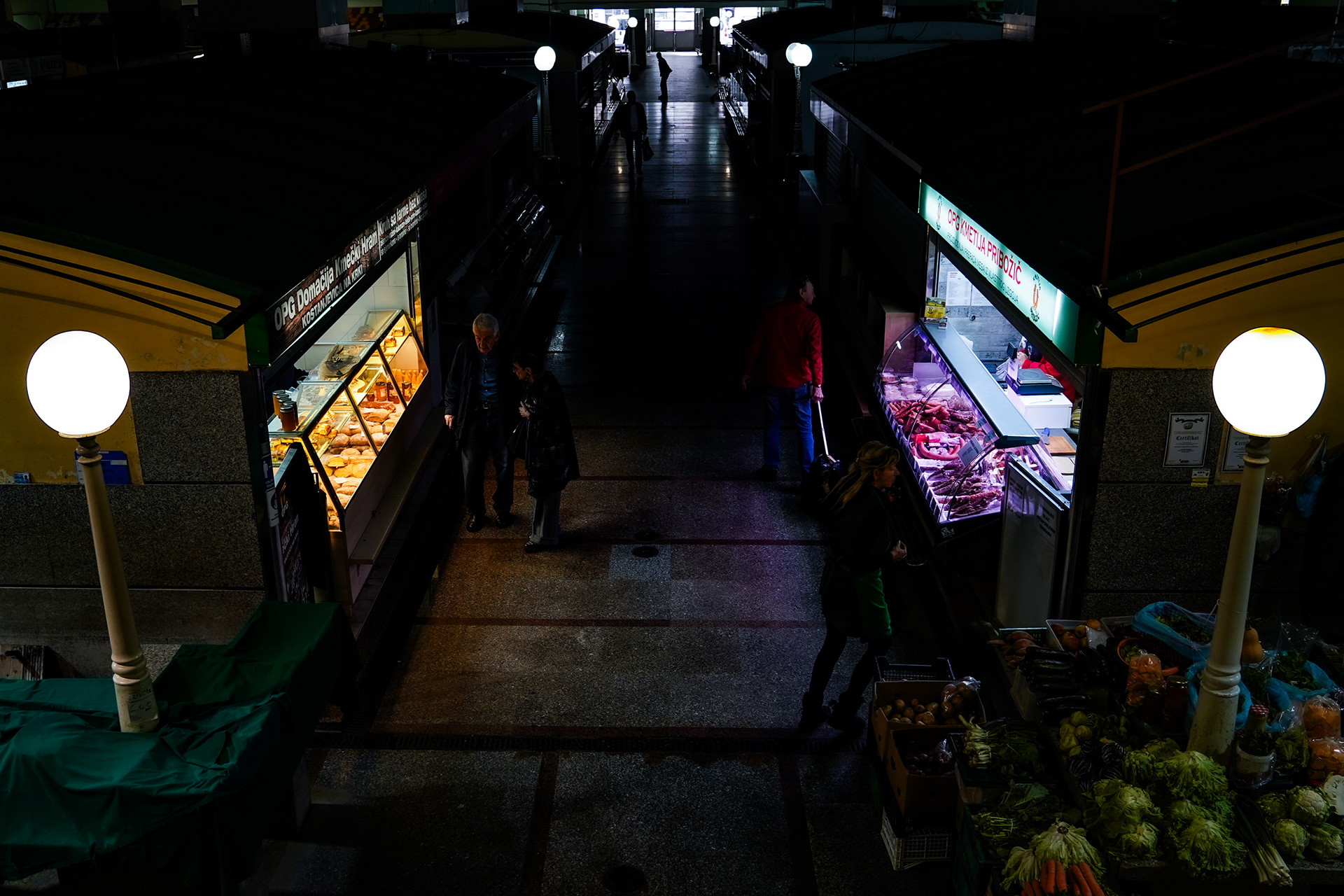
In Zagreb’s Dolac Market, tourists mingle with locals over produce and handmade goods—an exchange that fuels both the economy and a sense of shared daily life. This market once served as a bomb shelter during the civil war.
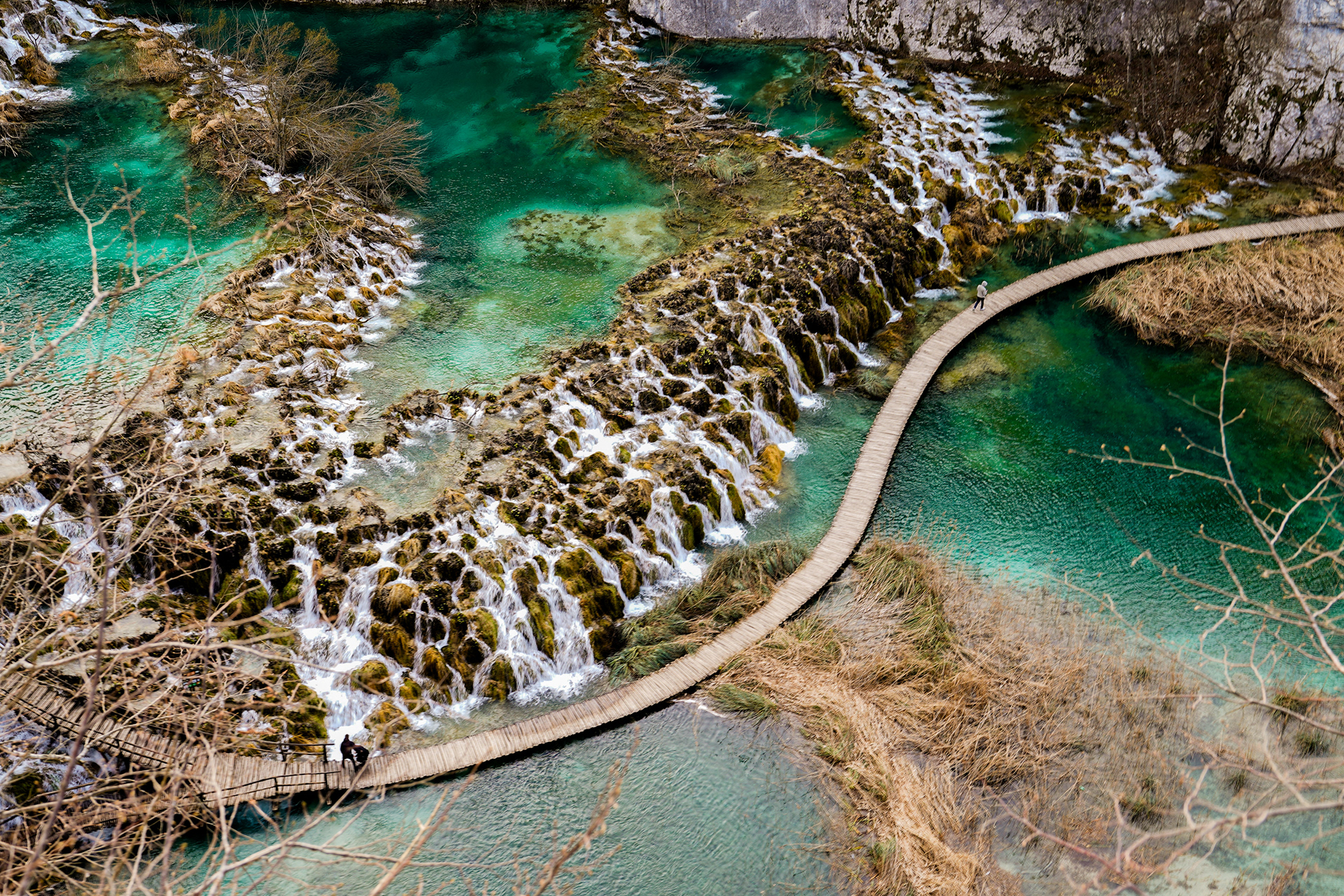
Tourists cross the wooden paths of Plitvička National Park, where cascading waterfalls and clear lakes now draw visitors from around the world—an image of tranquility far from the conflict that once defined Croatia.
